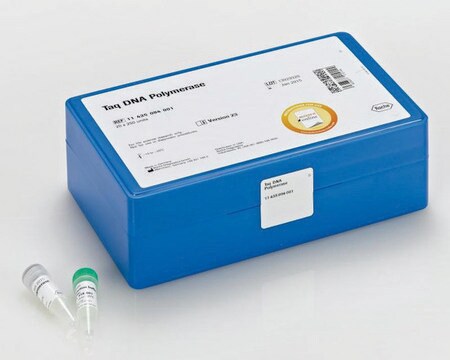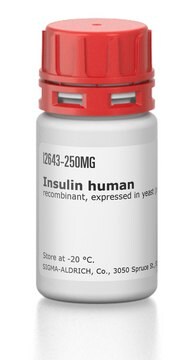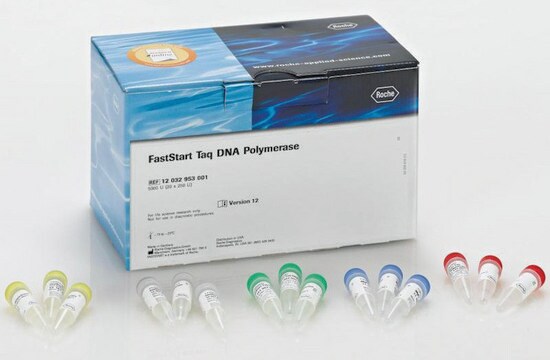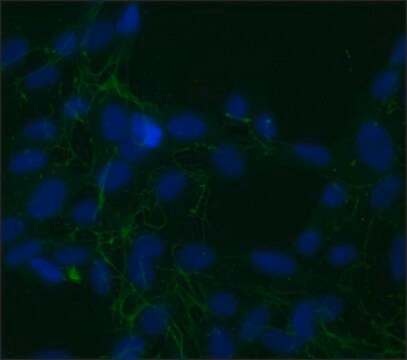17-620
ChIPAb+ RNA Pol II - ChIP Validated Antibody and Primer Set
from mouse
Synonym(s):
Chip Antibody and primer set, DNA-directed RNA polymerase II subunit RPB1, RNA polymerase II, RNA polymerase II ChIP
About This Item
Recommended Products
biological source
mouse
Quality Level
clone
monoclonal
species reactivity
rat, Saccharomyces cerevisiae, mouse, human
manufacturer/tradename
ChIPAb+
Upstate®
technique(s)
ChIP: suitable
immunofluorescence: suitable
immunoprecipitation (IP): suitable
isotype
IgG1
NCBI accession no.
UniProt accession no.
shipped in
dry ice
General description
The ChIPAb+ RNA Pol II set includes the RNA Pol II antibody, the negative control antibody (mouse IgG), and qPCR primers flanking the human GAPDH promoter, yielding a 166 bp product. The RNA Pol II and negative control antibodies are supplied in a scalable "per ChIP" reaction size and can be used to functionally validate the precipitation of RNA Pol II associated chromatin.
Specificity
Immunogen
Application
Epigenetics & Nuclear Function
Chromatin Biology
3T3 nuclear extract was resolved by electrophoresis, transferred to nitrocellulose and probed with anti-RNA polymerase II (0.1 μg/mL). Proteins were visualized using a goat anti-mouse secondary antibody conjugated to HRP and a chemiluminescence detection system (Please see figures).
Packaging
Quality
Target description
Physical form
Normal Mouse IgG. One vial containing 25 ug of mouse IgG in 25 μL volume. Store at -20°C.
Control Primers p21. One vial containing 75 μL of 5 μM of each primer specific for a region of the human GAPDH promoter. Store at -20°C.
FOR: TAC TAG CGG TTT TAC GGG CG
REV: TCG AAC AGG AGG AGC AGA GAG
CGA
Storage and Stability
Analysis Note
Included negative control antibody mouse IgG and control primers specific for human GAPDH.
Legal Information
Disclaimer
Storage Class Code
10 - Combustible liquids
Certificates of Analysis (COA)
Search for Certificates of Analysis (COA) by entering the products Lot/Batch Number. Lot and Batch Numbers can be found on a product’s label following the words ‘Lot’ or ‘Batch’.
Already Own This Product?
Find documentation for the products that you have recently purchased in the Document Library.
Our team of scientists has experience in all areas of research including Life Science, Material Science, Chemical Synthesis, Chromatography, Analytical and many others.
Contact Technical Service







